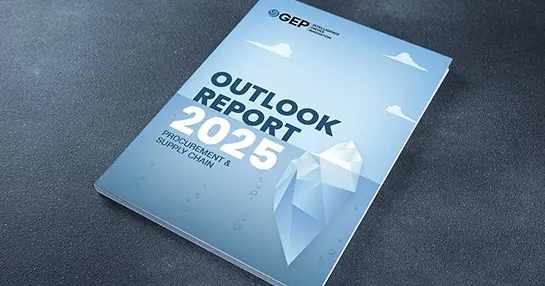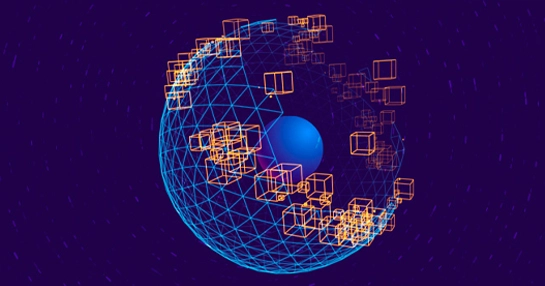What is Backflushing?
In supply chain management, multiple stages lead to setting the product in its place. One step is to ensure a continuous supply of materials from producer to consumer. One of the most important parts of these stages is backflushing. Backflushing is a term used to describe a process that takes an item after it has been produced but before it is finished.
Backflushing is not issued until production has been reported. The materials may be accumulated through any means for an operation. When the operation is completed, the operator will use a program to post the production.
The operator inputs information about the production order, operation, scrap material, and labor and machine utilization. The computer then brings up the same program that was used during pre-production. It recalculates the input for materials necessary for a full production cycle.
For example, you can update quantities or individual scrap quantities. You may notice that the program keeps on working after a while even without the operator watching it.
Technological Changes
- A printed carton label
- Basic guide to the bill of the material (BOM) system
- Open quantity is reduced to Low
- Finished goods inventory increased by the number of cartons and cost per standard carton
- The cost of the finished goods is based on the standard cost of materials, labor and overhead
Backflushing simplifies transactions in cost and inventory. This is possible because it ignores both labor variances and the work in progress. To get standardized costs close to actual costs, these are important considerations. It keeps inventory costs reasonable and accurate.
Backflushing is an industrial method for issuing materials that work well when applied correctly. It does not produce the desired effect when not applied correctly. Operations which don’t use point-of-use materials or bulk materials will not find backflushing beneficial. Similarly, those with production scrap will not see increased run quantities.
Contract manufacturers and engineer-to-order manufacturers may find system setup too difficult. They may also find the bill of materials accuracy inadequate to support backflushing. Operations that can easily put automated data collection systems in place are also unlikely to find the need to consider backflushing.
Stay Ahead With Fresh Thinking and Insights
Explore the latest trends, technologies, and strategies in procurement and supply chain management. Dive into insight-packed white papers, research reports, case studies, and webcasts to stay informed and lead the way.

GEP Outlook 2025: Procurement & Supply Chain Key Trends, Challenges and Opportunities

World's Leading, Unified Source-to-Pay Platform for Direct and Indirect Spend Management
GEP SMART is an AI-powered, cloud-native source-to-pay platform for direct and indirect procurement. GEP SMART offers comprehensive source-to-pay functionality in one user-friendly platform, inclusive of spend analysis, sourcing, contract management, supplier management, procure-to-pay, savings project management and savings tracking, invoicing and other related functionalities.

Next-Gen, End-to-End Supply Chain Management Platform for the Connected Enterprise
GEP NEXXE is a unified and comprehensive supply chain platform that provides end-to-end planning, visibility, execution and collaboration capabilities for today’s complex, global supply chains. Built on a foundation of data, artificial intelligence and cognitive technologies, GEP NEXXE helps enterprises digitally transform their supply chains and turn them into a competitive advantage.




